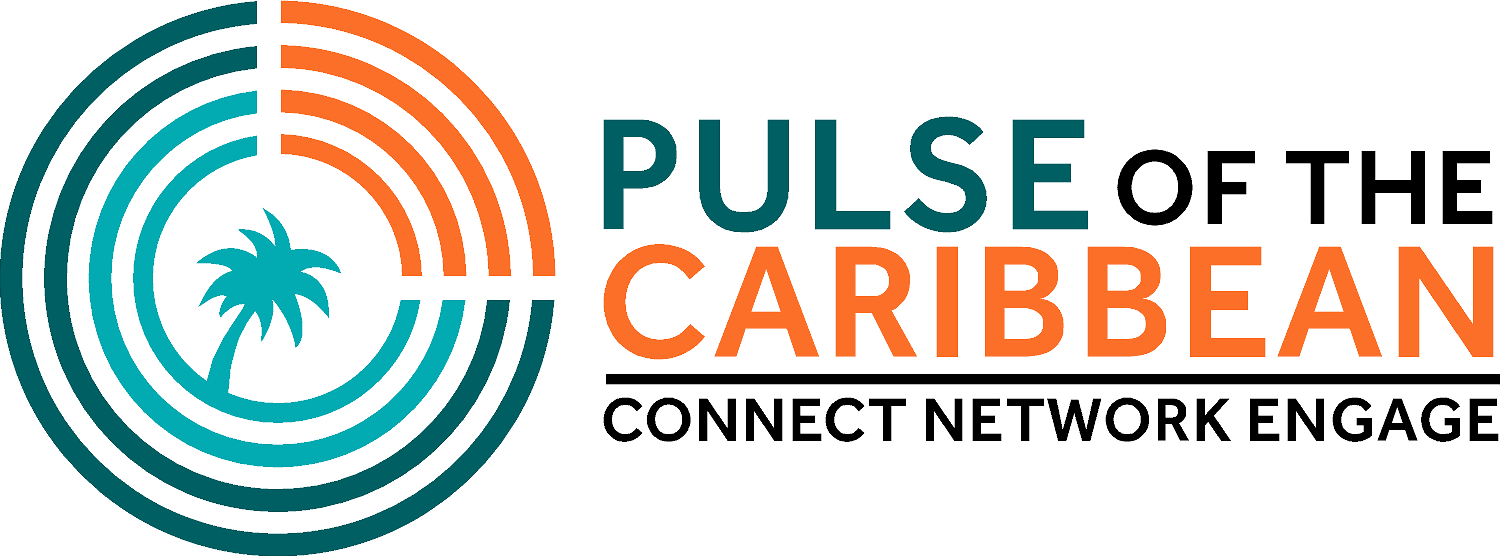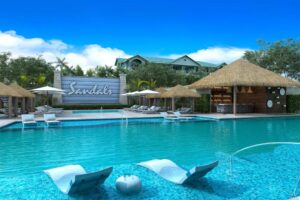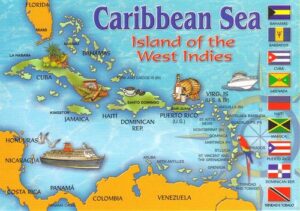Stretching from South America up towards North America and Mexico, the Caribbean is an archipelago of over 7,000 islands, made up of various countries, each with its own history. It’s one of the most visited holiday destinations globally and is famous for its gorgeous beaches and warm scenery. But here are some top 10 facts that you never knew about the Caribbean.
- The most common language in the Caribbean
A large portion of the Caribbean inhabitants speaks Spanish as their first language. Only about 15% speak English as their first or second language. However, English is the most widely spoken language in the region when it comes to tourism due to the large influx of visitors from the United States.
This even dates further back due to the colonial influence of the British, especially on islands like Belize, St Kitts & Nevis, the British Virgin Islands, and Jamaica. Even Barbados is known as the “Little England” of the Caribbean.
While most of the nations in the Caribbean have English, French, or Spanish as their official language, most locals, because of their colonial past, speak Creole. This is derived by combining one or more languages. There are numerous versions of this, such as the French Creole spoken in Guadalupe and Martinique, a mixture of French and various African and West Indian languages.
- The Caribbean vs. West Indies
The Caribbean received its name from the original settlers, the indigenous Caribs/Kalinago, who migrated from South America. They were fierce warriors and sea-raiders. About 3,000 Caribs remain on Dominica today.
The islands are sometimes referred to as the “West Indies” because when Columbus set out to reach Asia (the Indies) by sailing west to find another route to India, China, Japan, and the Spice Islands, he thought that he’d found the East Indies when he stumbled upon the islands. These islands were called the ‘Indies,’ and Columbus called their inhabitants ‘Indians.’ When his mistake was discovered, the Indies were renamed the West Indies to differentiate them from the real East Indies.
- Seasons in the Caribbean
Unlike in the United States, where there are four seasons: spring, summer, autumn, and winter. Most people think of the Caribbean as year-round summer. But the Caribbean has two distinct seasons: the dry season and a wet season.
The dry season runs from about February to June. This is when the weather is most gorgeous, with warm sunshine and the occasional rain showers. During the wet season, which spans from July to January, they experience more rain than sunshine. You will also find that this is smack right in the middle of the hurricane season that starts in June and ends in November.
- The majority of the population lives on two islands
The Caribbean is made of thirteen (13) major countries, and according to a 2019 report from the United Nations, the Caribbean islands are home to over 44 million people. 33 million of these inhabitants live on just two of the region’s 7,000 islands—Cuba and Hispaniola, the island home to Haiti and the Dominican Republic.
- 9% of the worlds coral reefs can be found in the Caribbean
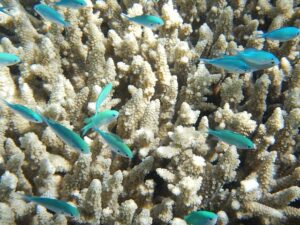
The Caribbean hosts up to 9% of the world’s coral reefs, and most are said to be over 10 million years old. It’s also home to the second-largest reef, the Mesoamerican barrier reef. But due to the increased heat from global warming and pollution, the coral and barrier reefs are beginning to shrink up and eventually disappear with no hope of restoration.
- Jamaica has the highest number of churches per square mile
There are more churches per square kilometer in Jamaica than any other country in the world. This is because the Jamaican people practice Christianity, despite being associated with Rastafarianism. When, Rastas making up less than 10% of the population.
- Drive Through Volcano
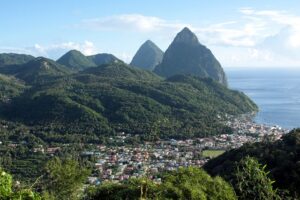
Sulphur Springs is the world’s only drive-in volcano. It is in Saint Lucia towards the southwestern side of the island, near Soufrière (French for a place from which sulfur is produced). This is a popular tourist attraction as it allows tourists to drive up to the edge of the springs.
- Pigs by the Beach
Imagine your boat is approaching the shores of a beach, and suddenly you’re swarmed by cute pigs, and piglets quickly swim up to you. Located in the Bahamas, on the island of Exuma, these pigs are known to occupy the beaches, having claimed this uninhabited island.
Tourists can get up close and personal with these adorable animals for cuddles and playful encounters. These pigs are not native to the island. It is not known how they got there, but some believe they were left by a group of sailors, who planned to come back and cook them. Others believe that the pigs swam over from a nearby shipwreck.
- Hottest peppers in the world
One of the hottest peppers in the world is found in Trinidad and Tobago. Trinidad peppers were thrust into the international stage as the Trinidad Moruga Scorpion. It took its place as the Stinger Royale, setting a new Guinness World Record of 2009.
The Trinidad Moruga Scorpion Chilli Pepper registers at 1.2 million Scoville heat units on the Scoville Scale (compared to jalapeños, registering at about 5,000 units). It was the hottest chili pepper in the world in 2012. It was dethroned in late 2013 by the Carolina Reaper that registered 2.2 million Scoville heat units.
- Active Volcanoes
Most of the Caribbean has been created or shaped with the help of Volcanos. Some are dormant, but many are still active. There are nineteen (19) active volcanoes that can erupt again (such as the La Soufrière volcano that erupted on April 9, 2021) in the Eastern Caribbean in St. Vincent and the Grenadines. Every island from Grenada to Saba is subject to the direct threat of volcanic eruptions. Islands such as “Grenada, St. Vincent, St. Lucia, Martinique, Dominica, Guadeloupe, Montserrat, Nevis, St. Kitts, St. Eustatius, and Saba have ‘live’ volcanic centers, while other islands such as Anguilla, Antigua, Barbuda, Barbados, British Virgin Islands, US Virgin Islands, most of the Grenadines and Trinidad & Tobago (which are not volcanic) are close to volcanic islands and subject to volcanic hazards such as severe ash fall and volcanically-generated tsunamis.” says the Seismic Research Center at The University of the West Indies.
